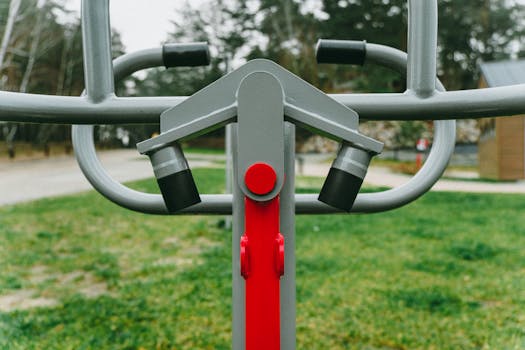
High-Intensity Interval Training (HIIT) for Fat Loss: A Comprehensive Guide
Introduction to HIIT

High-Intensity Interval Training (HIIT) is a type of workout that involves short periods of high-intensity exercise followed by brief periods of rest. HIIT for fat loss has become increasingly popular in recent years due to its effectiveness in burning calories and improving cardiovascular health. In this article, we will explore the benefits of HIIT for fat loss and provide a comprehensive guide on how to incorporate it into your workout routine.
Benefits of HIIT for Fat Loss

HIIT is an effective way to lose fat due to its ability to increase excess post-exercise oxygen consumption (EPOC). EPOC is the amount of oxygen your body needs to restore itself to a resting state after exercise. During HIIT, your body uses a significant amount of energy to recover from the intense exercise, which leads to an increase in EPOC. This means that your body will continue to burn calories at a higher rate even after you have finished exercising.
Other benefits of HIIT for fat loss include:
- Improved insulin sensitivity: HIIT has been shown to improve insulin sensitivity, which can help to reduce the risk of developing type 2 diabetes.
- Increased human growth hormone (HGH) production: HIIT has been shown to increase production of HGH, which can help to improve muscle mass and bone density.
- Enhanced cardiovascular health: HIIT is an effective way to improve cardiovascular health by increasing heart rate and blood flow.
Types of HIIT Workouts

There are several types of HIIT workouts that you can try, including:
- Sprinting: This involves sprinting at maximum effort for 20-30 seconds, followed by 1-2 minutes of rest.
- Burpees: This involves performing a series of burpees, which consist of a squat, push-up, and jump.
- Jump squats: This involves performing a series of jump squats, which involve squatting down and then jumping up.
- Mountain climbers: This involves performing a series of mountain climbers, which involve bringing one knee up towards your chest while keeping the other foot on the ground.
How to Incorporate HIIT into Your Workout Routine

To incorporate HIIT into your workout routine, start by choosing a type of HIIT workout that you enjoy. You can then begin by performing 2-3 HIIT sessions per week, with at least one day of rest in between. It’s also important to warm up before starting any HIIT workout, and to cool down afterwards to prevent injury.
Here is an example of a HIIT workout routine:
- Monday: Sprinting (3 sets of 20-30 seconds, with 1-2 minutes of rest in between)
- Wednesday: Burpees (3 sets of 10-15 reps, with 1-2 minutes of rest in between)
- Friday: Jump squats (3 sets of 10-15 reps, with 1-2 minutes of rest in between)
Conclusion

In conclusion, HIIT is an effective way to lose fat and improve cardiovascular health. By incorporating HIIT into your workout routine, you can increase your metabolism, improve insulin sensitivity, and enhance your overall health and wellbeing. Remember to start slowly and gradually increase the intensity and duration of your HIIT workouts as you become more comfortable with the exercise.






